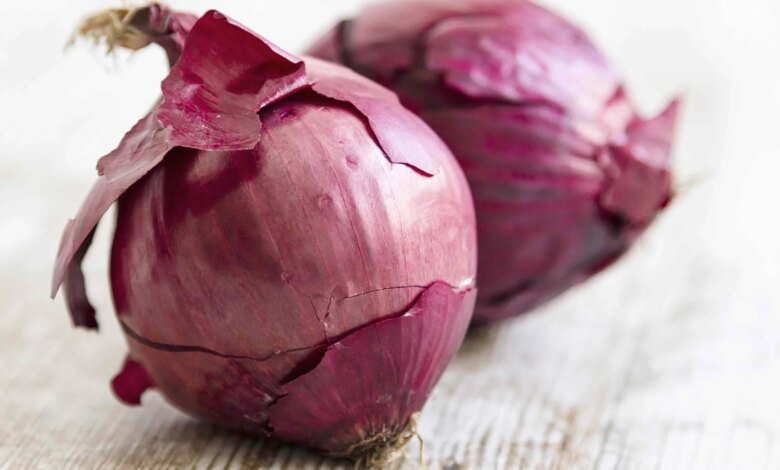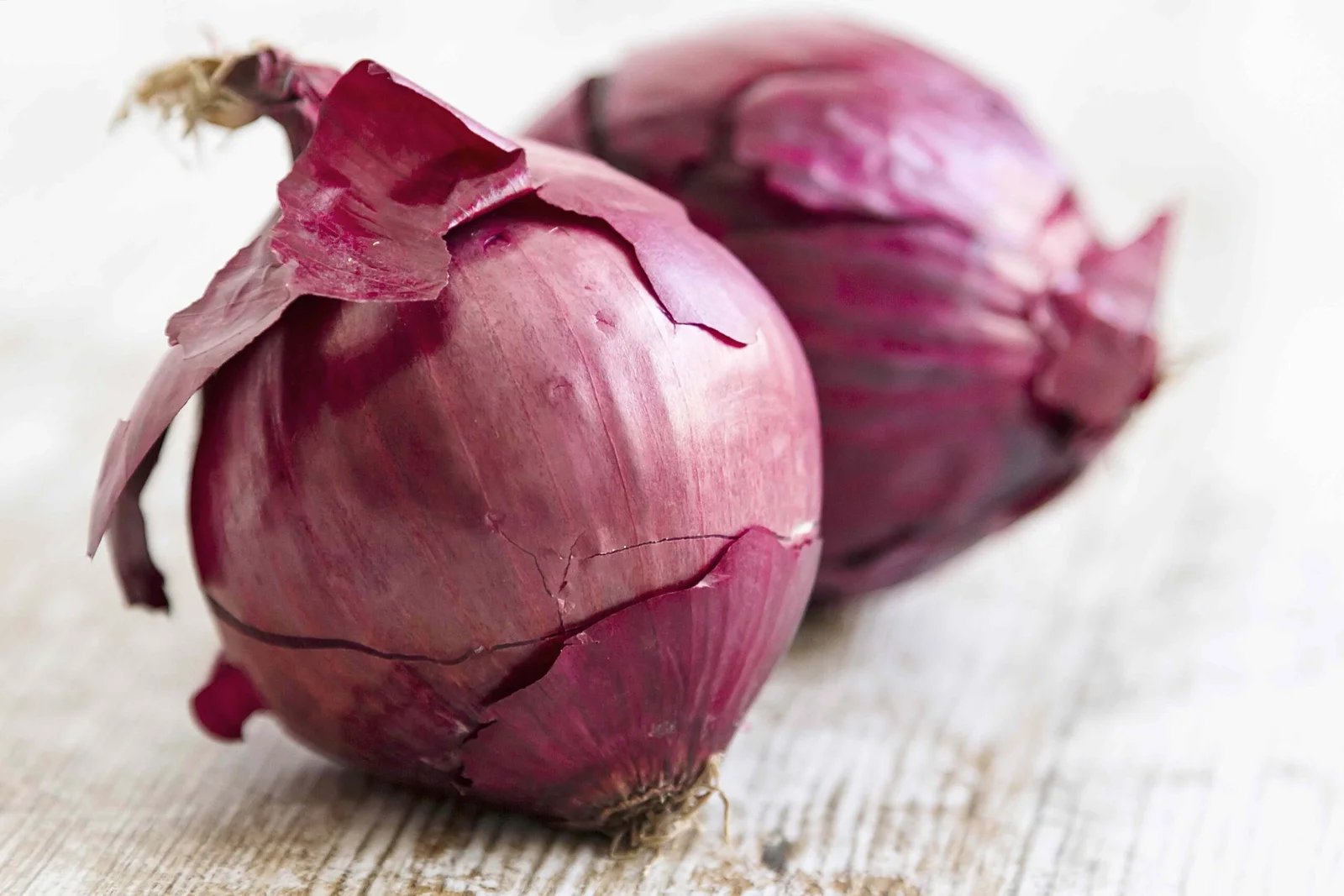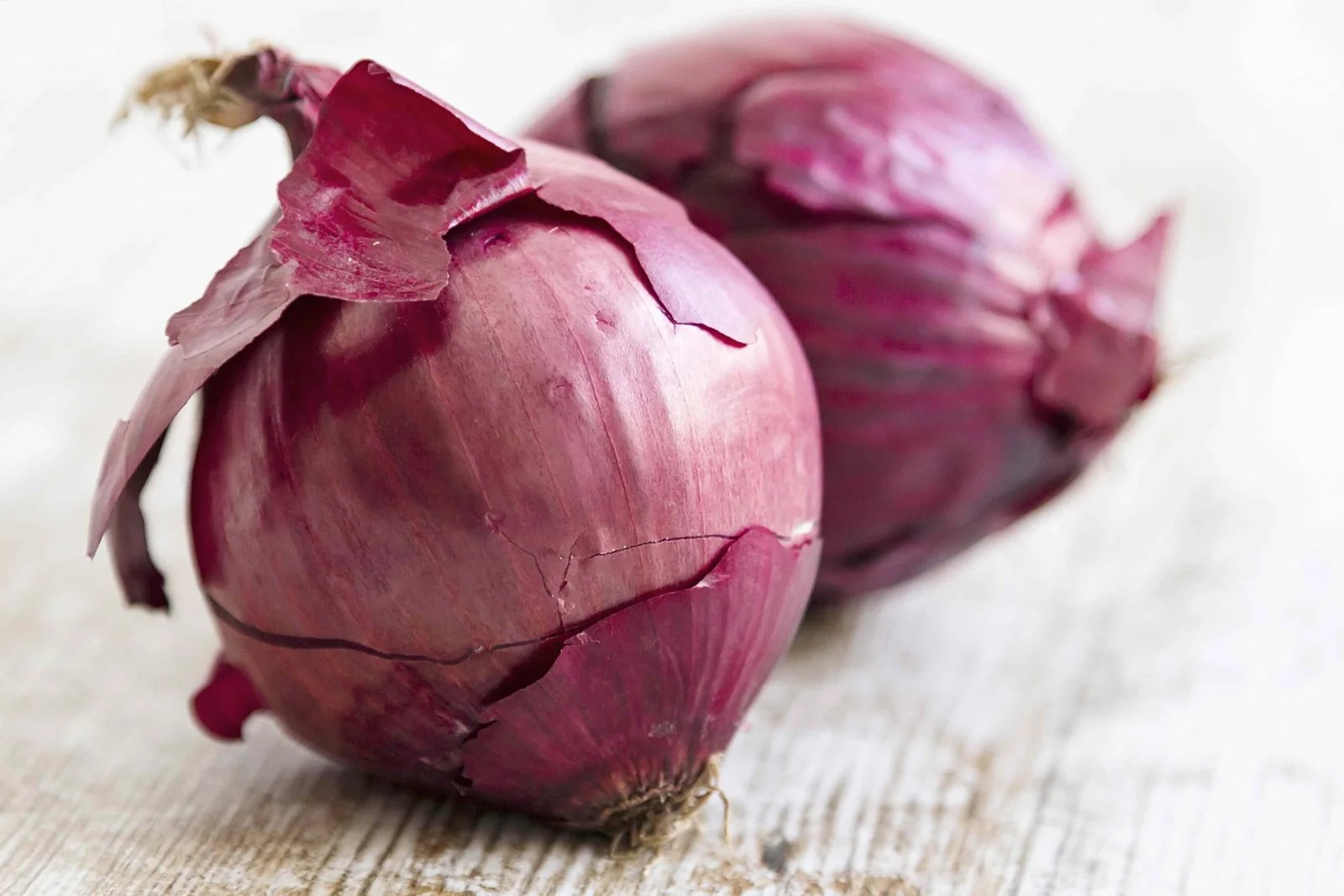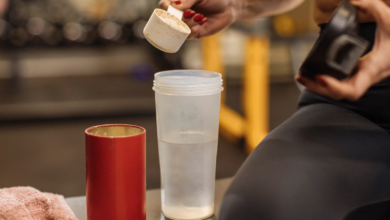Don’t Toss Those Onion Skins—They’re Actually More Nutritious Than You Think

Don’t Toss Those Onion Skins—They’re Actually Nutritious Than You Think

uaetodaynews.com — Don’t Toss Those Onion Skins—They’re Actually Nutritious Than You Think
It’s common for home cooks to remove and throw away the outer onion peel before they add the vegetable to a dish—but doing so could mean missing out on a host of health benefits.
If you enjoy the taste, onion skins can be a great source of a number of anti-inflammatory nutrients, Erin Palinski-Wade, RD, CPTa New Jersey-based dietitian and author, told Health.
“The outer skins of onions are nutritional powerhouses compared to the inner layers,” she said.
Here’s what you need to know about why onion skins can be so good for your health, and how to incorporate them into your cooking.
Yellow, red, and white onions all have top layers that areusually thin and light in color, though depending on when the onion was grown, the peel can sometimes be multi-layered and darker in color.
They’re usually discarded, but vegetable and fruit byproducts like skins and peels are often rich in bioactive compounds, antioxidantsand other nutrients. Onion skins are no exception.
“The key nutritional components of onion skins are fiber, some minerals like calcium and zinc, and bioactive compounds like flavonoids,” Megan Meyer, PhDa communication consultant and nutritional immunology researcher based in North Carolina, told Health.
Onion skins also contain vitamins A, C, and E, Palinski-Wade added.
They Can Provide a Boost in Antioxidants
As Palinski-Wade mentioned, the outer layers of an onion are rich in antioxidants. In particular, red onion skins are a good source of a flavonoid called anthocyanin, while other peels are a good source of a flavonoid called quercetin.
Both anthocyanin and quercetin can help get rid of disease-causing free radicals in the body, meaning they may be able to support heart health, suppress inflammationand lower the risk of cancer, diabetes, and other conditions.
Flavonoids can be found in the rest of the onion, but at lower concentrations. In fact, a powder made of onion skin can contain over a dozen times more quercetin than the inner layers.
Because of these high levels of flavonoids and other antioxidants, researchers are investigating whether onion peel extract (in capsules, for example) may be able to boost health. Data suggests it may have antimicrobial and neuroprotective properties, as well as help protect against certain kinds of cancer, high blood sugar, high cholesterolobesity, and erectile dysfunction.
They Can Help You Reach Your Fiber Goals
When compared to the inner layers, onion skins have the most dietary fiber, research has shown.
Though the large majority of Americans fall short on their recommended fiber intakestudies have linked a high-fiber diet to better bowel movements, more stable blood sugar, lower cholesterol, cancer prevention, greater satiety, and more.
They Can Help Eliminate Food Waste
A major bonus of adding onion skins to your diet is that they can help you reduce food waste, Meyer said.
“In some countries, it is estimated that 300–500 kilograms of onion skin is wasted every day. In the U.S., about 30–40% of the food supply is wasted,” she said. “So I love finding new ways to use up all parts of a food.”
Beyond people making changes in their own kitchens, some groups are finding ways to add onion skins into other processed foods, which both reduces waste and boosts nutritional value.
“Specifically, a study using onion skin as an ingredient in fortified pasta found that it improved the nutritional properties of the pasta,” Meyer explained. “Because of this, onion skins have been incorporated into foods like gluten-free bread, wheat bread, and meat patties.”
Onion skins can be safe to use in small amounts, however, eating them raw isn’t recommended. That’s because they’re hard to chew, and may pose a choking risk, Palinski-Wade said.
They’re also more difficult to digest, she explained, “particularly for those with sensitive stomachs or irritable bowel syndrome.”
It’s true that the added fiber from onion skins can be good for digestion, Meyer noted, but it’s important to start small and see how your body responds.
Another potential risk? Pesticide residue, Palinski-Wade said. For that reason, she recommends choosing organic onions or washing the skins very thoroughly.
Onions have also been involved in a number of food recalls recently, and the outer layers have a higher likelihood of being contaminated with bacteria. While there isn’t much you can do, Meyer said it’s important to practice safe food handling, which follows four steps: clean, separate, cook, and chill.
One of the easiest way to use onion peels in the kitchen is adding them to a big batch of vegetable or chicken stockMeyer suggested. “You could also simmer onion skins in soups or stews to increase the depth of flavor,” she said.
Just remember to strain out the skins before serving.
“Another fun option is to dry and grind the clean skins into a fine powder to use as a seasoning, or even mix into baked goods like biscuits for flavor with a nutrient boost,” Palinski-Wade added.
She advised keeping the following tips in mind when you cook with onion skins:
- Wash the onion (skin on) thoroughly under running water and gently scrub away any dirt or residue. “Since onions grow underground, their skins can carry contaminants,” Pallinski-Wade said.
- Always use fresh, undamaged skins to prevent bitterness.
- Try roasting or lightly charring them before using in food to bring out richer flavor and color.
- Skip any skins that look moldy, blackened, or spoiled.
Keeping onion skins out of the garbage and adding them into your recipes is worth it. Not only can you gain nutritional bonuses like increased antioxidants and fiber, but you’ll also help reduce unnecessary food waste.
Since eating onion skins raw isn’t recommended, try incorporating them into soups or grinding them into a powder to add to other recipes.
Disclaimer: This news article has been republished exactly as it appeared on its original source, without any modification.
We do not take any responsibility for its content, which remains solely the responsibility of the original publisher.
Disclaimer: This news article has been republished exactly as it appeared on its original source, without any modification. We do not take any responsibility for its content, which remains solely the responsibility of the original publisher.
Author: uaetodaynews
Published on: 2025-10-24 17:50:00
Source: uaetodaynews.com





